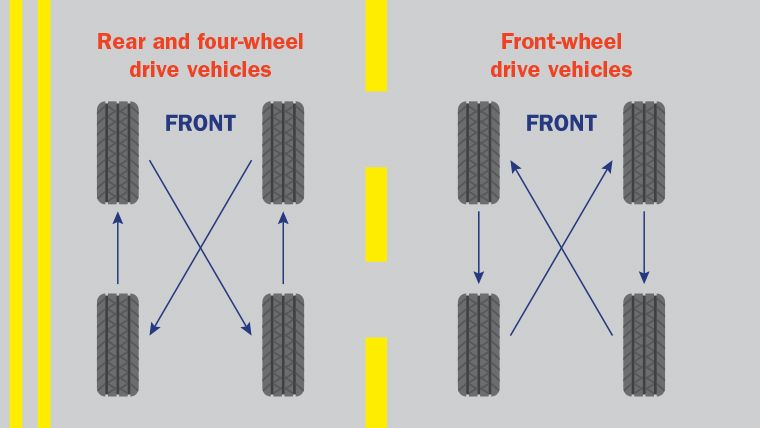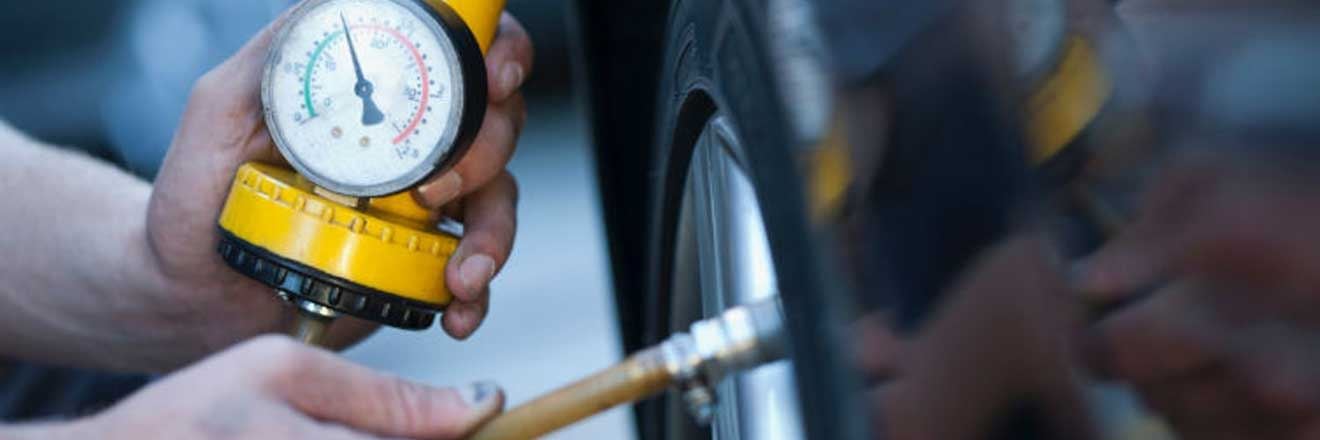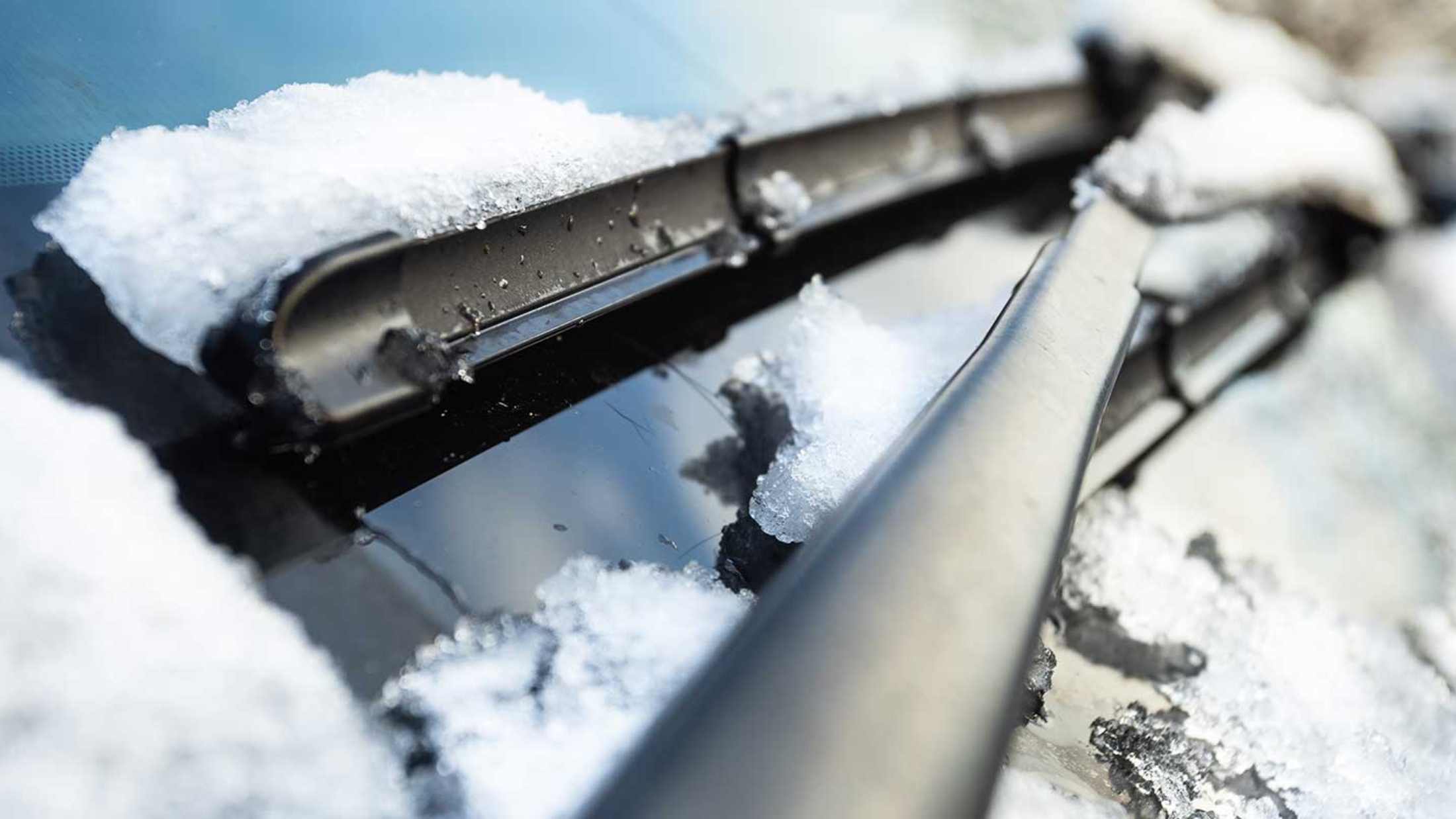During the winter months, wet and icy road conditions can be hazardous, so it's important to keep a close eye on your tyres to ensure they're in top condition.
As the only point of contact a car has with the road, tyres have a tough job, and are vulnerable to wear and damage. This is particularly true in the winter months, when road surfaces become slippery and wet, and when it's all the more important that your tyres give you the right amount of traction.
Taking care of your tyres is not only vital for safety (ensuring that you're less at risk from accidents caused by skidding or blowouts), but it can also help to save you money by boosting fuel efficiency. Keep yours in top condition with these three simple maintenance checks.
Tyre pressure
Having the right tyre pressure is very important for safety, as tyres that don't have the correct pressure are likely to have reduced grip – which in turn increases stopping distances.
Pressure can change for a number of reasons, sometimes dipping with temperature, or due to wear and tear, or naturally over time as air gradually escapes. That's why it's recommended that you check the pressure of your tyres once a month to ensure they're all at the right level. If you're unsure of the right level for your car, you can usually find this in the following places:
- Your car’s user manual
- The label inside the door frame
- The label inside the fuel flap
A word of caution: don't inflate your tyres to the PSI (pounds per square inch) shown on your tyre's sidewall. This is the absolute maximum pressure the tyre can withstand, and inflating to this level could cause uneven wear, making damage and blowouts more likely.
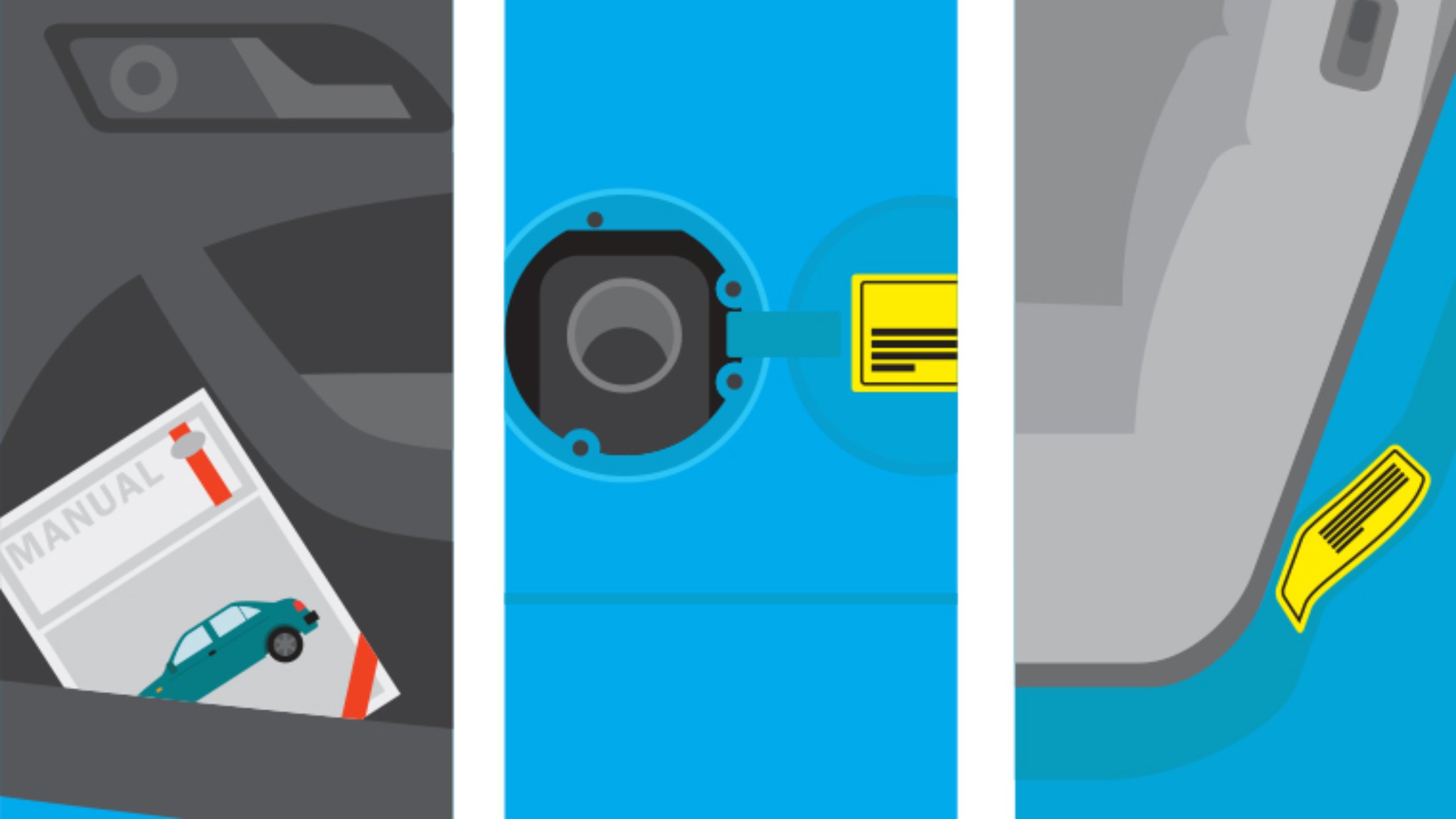
Wear and tear
Tyre treads grip the road, giving you the traction you need to stay in control of your car – something that's especially important in wet or icy conditions, when there's a greater risk of skidding. According to the Department for Transport, the percentage of UK car accidents caused by skidding is 48% in winter, compared to just 11% at drier times of the year.
It's recommended that you check your tyres regularly (once a month is a good rule of thumb) for damage and wear, and to ensure that you're within the legal minimum tread depth limit of 1.6mm. If you spot any grazes, bumps, small holes or signs of uneven wear, it's time to invest in new tyres.
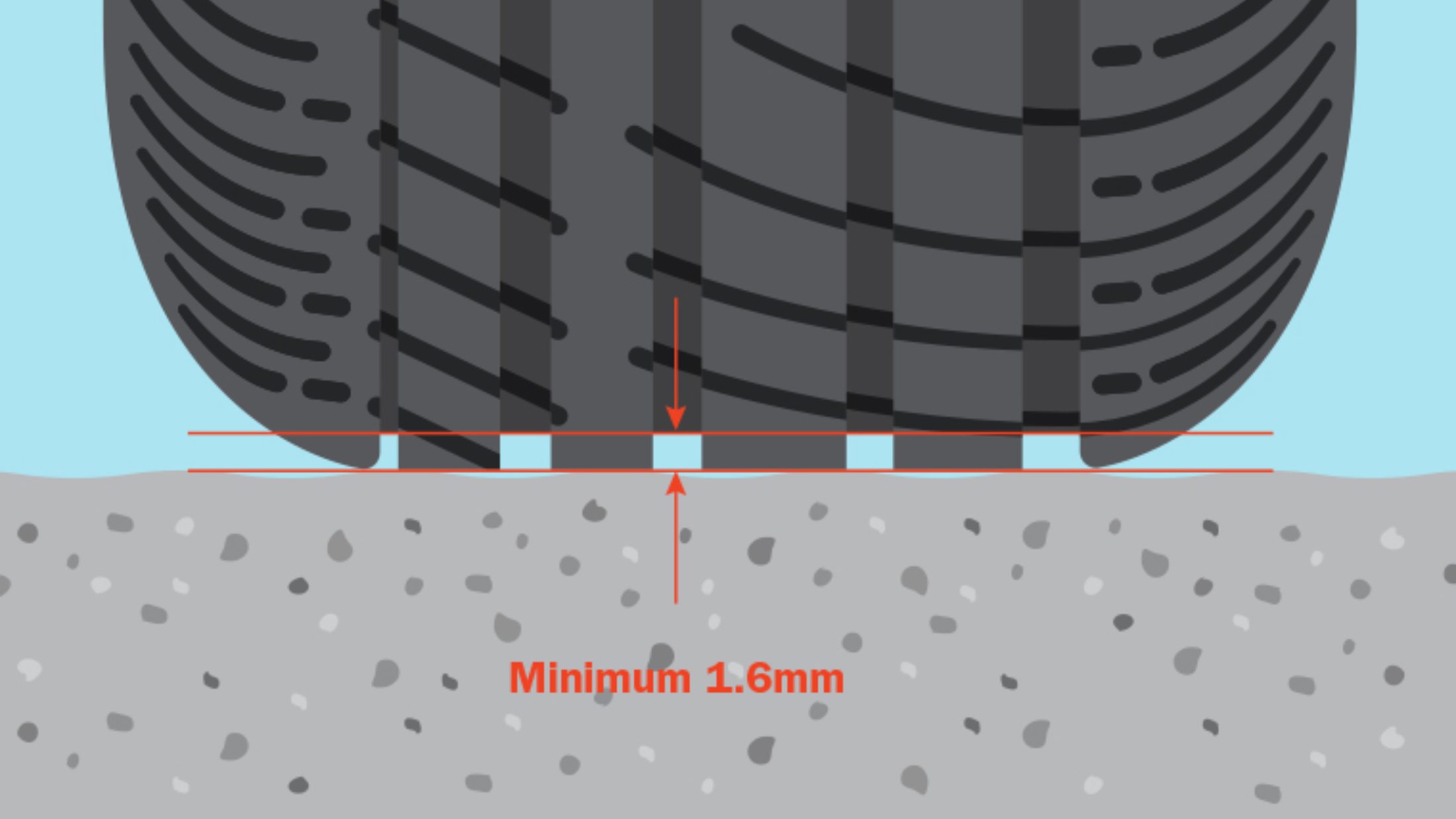
Rotation
Generally speaking, the front tyres on a car tend to wear out more quickly than those at the rear, as they not only deal with standard acceleration and movement, but also experience the added friction that comes with steering through twists and turns.
By rotating your tyres from time to time, you can increase their life-span by spreading the wear evenly. Experts recommend that you rotate your tyres every 3,000-6,000 miles, however it's best to get an experienced mechanic to tackle this task, as they will be best-placed to advise on where to position each tyre.
